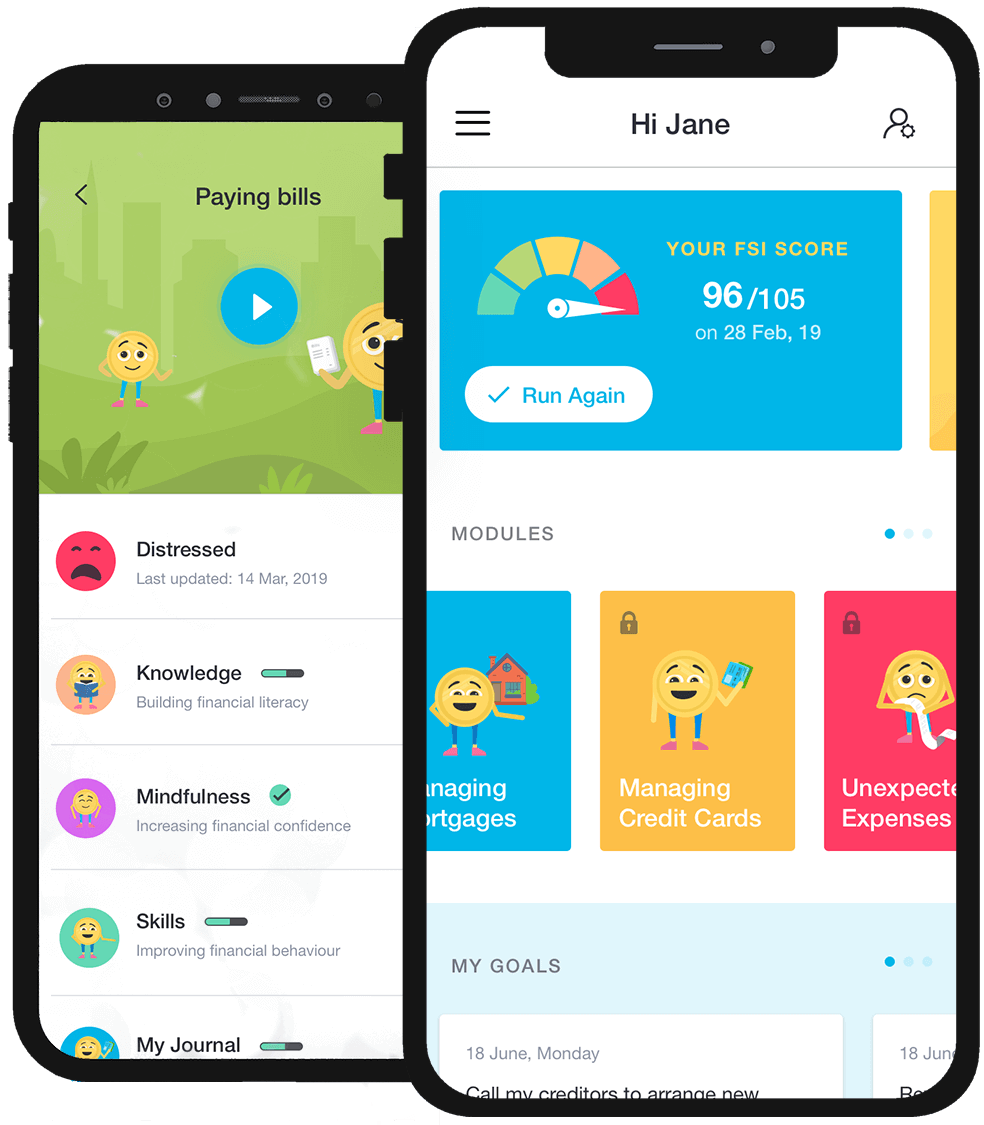Graduates arrive in their careers with financial stress.
Graduating from University is an exciting and rewarding experience.
The prospect of being in the field of your choice and apply those years of learning is one of hope and excitement, however there are elements of fear.
Fear of ‘will I be good enough?’, fear of performing to keep this new job, and the fear of the amount of student debt that needs to be repaid.
This last fear has only been increasing over recent decades.
Today Australian degrees cost between A$20,000 and A$40,000, but by 2026 the cost of the average three year degree in Australia will have swollen to over $A50,000; four year degrees, especially those from prestigious universities in high demand subjects would costs substantially more.
The current threshold at which graduates must begin to repay their loans (at four per cent per pay packet) is A$45,881 in 2019/20, roughly the median starting salary for an under-25 Australian resident bachelor’s degree graduate.
A law graduate could expect $55,000, a computer science grad $54,000, while an economics or accounting, psychology or veterinarian studies major both faced $50,000.
Overall, male graduate starting salaries were $55,000 and females were $53,000.
At present $1.9 billion is never repaid (because students fail to reach the repayment income threshold or move overseas) which is expected to grow to $4 billion by 2026.
A HECS-HELP loan, provided by the Government, is subject to interest rates based on the Consumer Price Index. The rate is currently 1.8 per cent.
With the size of student loans growing, the threshold for repayment dropping and work intensification showing no sign of slowing, it’s easy to see where this is headed.
Graduates seem certain to arrive in their careers burdened by financial stress, the single biggest cause of stress for Australians and Americans.
In the US the situation is much worse. Aggregate student debt is $1.5 trillion in 2020, up from $250 billion in 2004 according to the Brookings Institute. Student loans are now the second largest slice of household debt after mortgages, bigger than credit card debt.
About 42 million Americans (about one in every eight) have student loans. The size of this problem was a big issue in the 2020 US presidential campaign.
As students pour into the workforce with financial stress, this will only put more pressure on an already financially stressed workforce, the cost being wellbeing and lower work productivity.
What can be done to abate this growing issue comes down to companies recognising this problem and putting in place wellbeing programs to support its workforce.
The wellness programs offered by employers globally is growing, however it is coming from a low base.
Why has employers taking so long to implement wellness initiatives?
The reasons were highlighted in the Global Wellness Institute Report in 2016.
The range of reservations expressed by employers is wide and varied. A key one was the lack of proof that workplace wellness programs are cost-effective and contribute to company performance.
Financial Mindfulness has developed such a report via its Financial Stress Index (FSI).
The Founder & CEO of Financial Mindfulness says “the FSI measures and tracks employee financial stress for businesses to increase employee productivity and their financial wellbeing.”
“The FSI is used to compile the FSI Quantitative Assessment Report (FSI reports), a leading indicator on how and why financial stress is impacting employee productivity. The FSI and its reports were developed by leading Neuropsychologists, finance and data experts.
Measuring employee financial stress informs employers how, why and where financial stress is impacting on their employees, estimates the cost of lost productivity to their business and comes with suggested solutions.”









